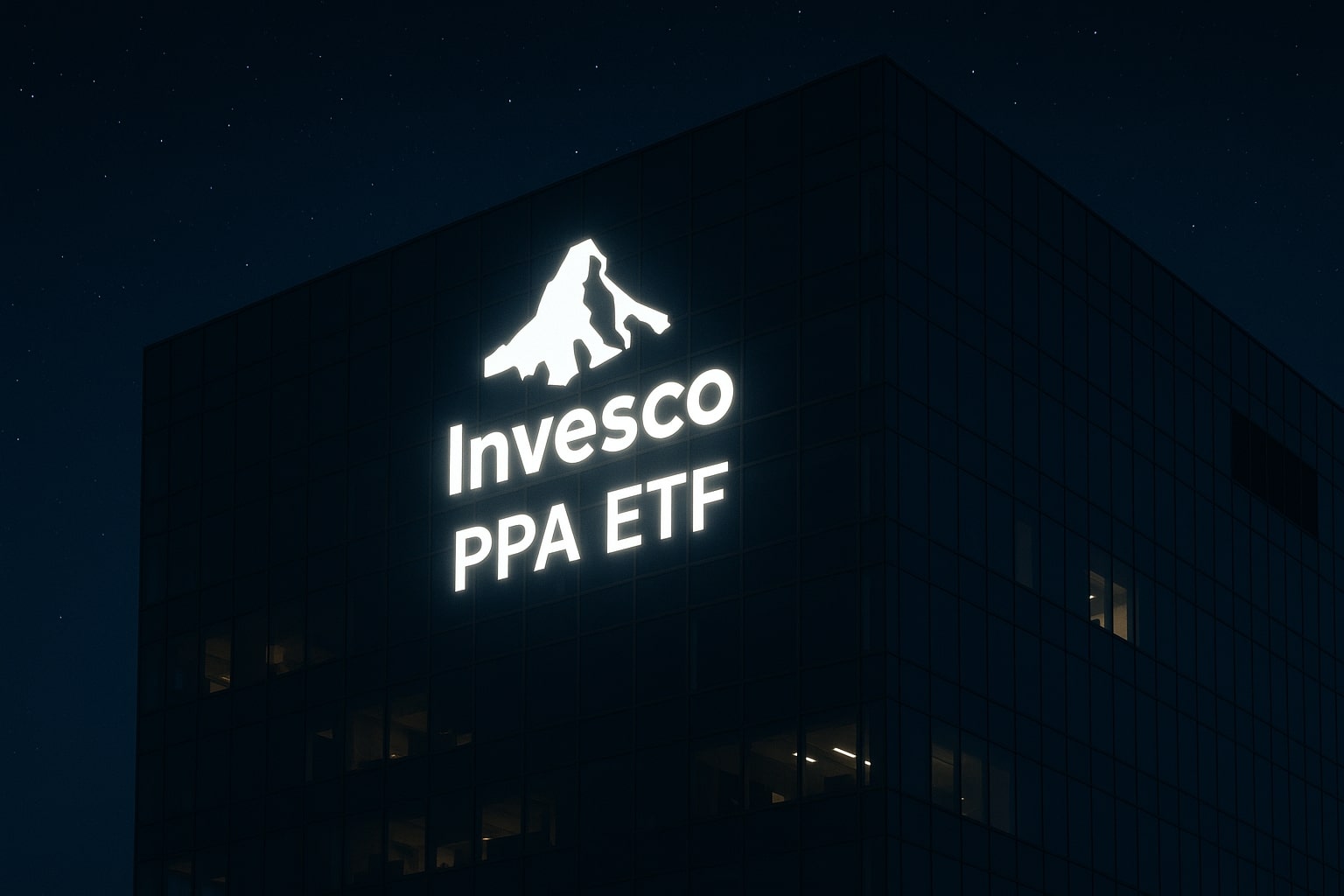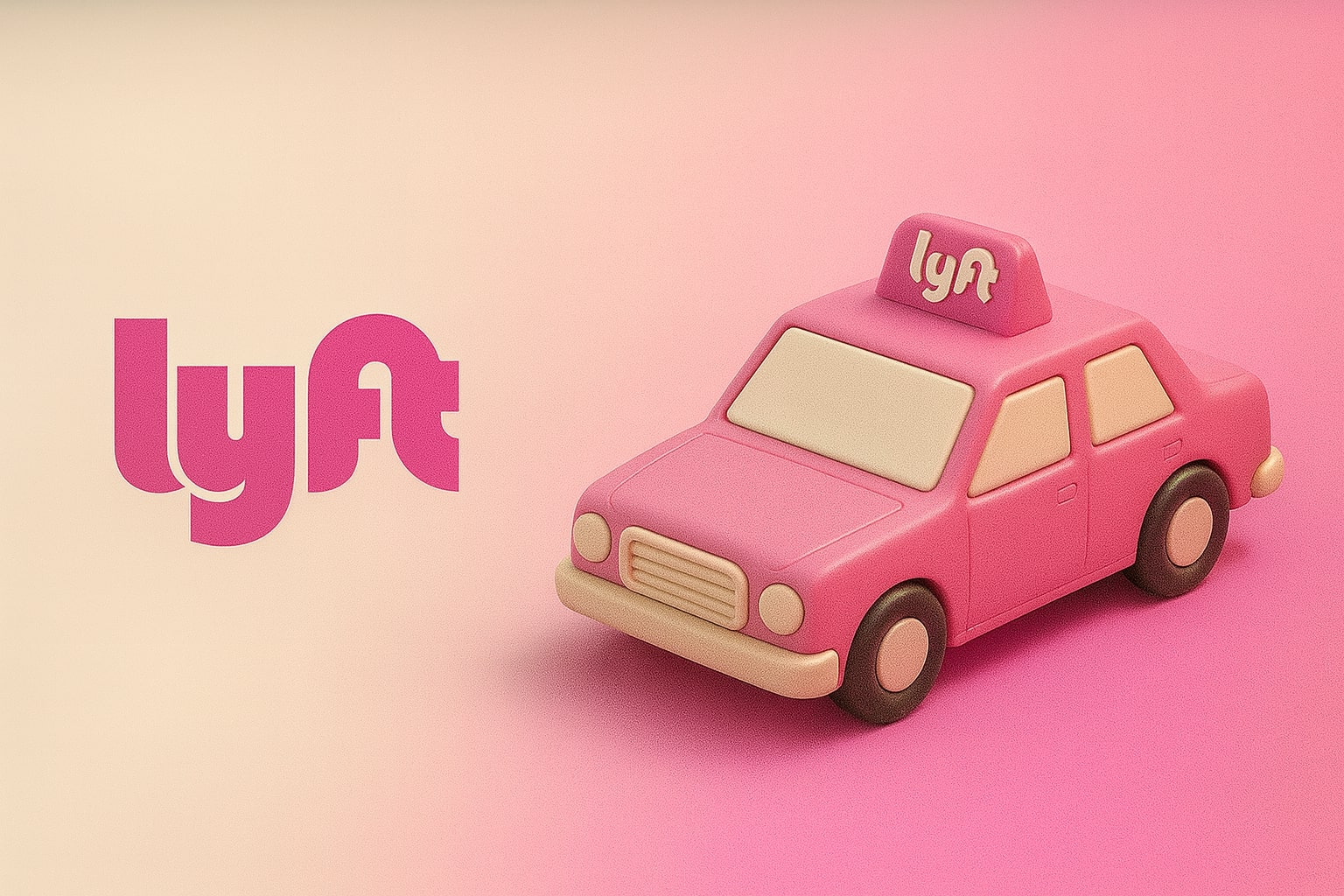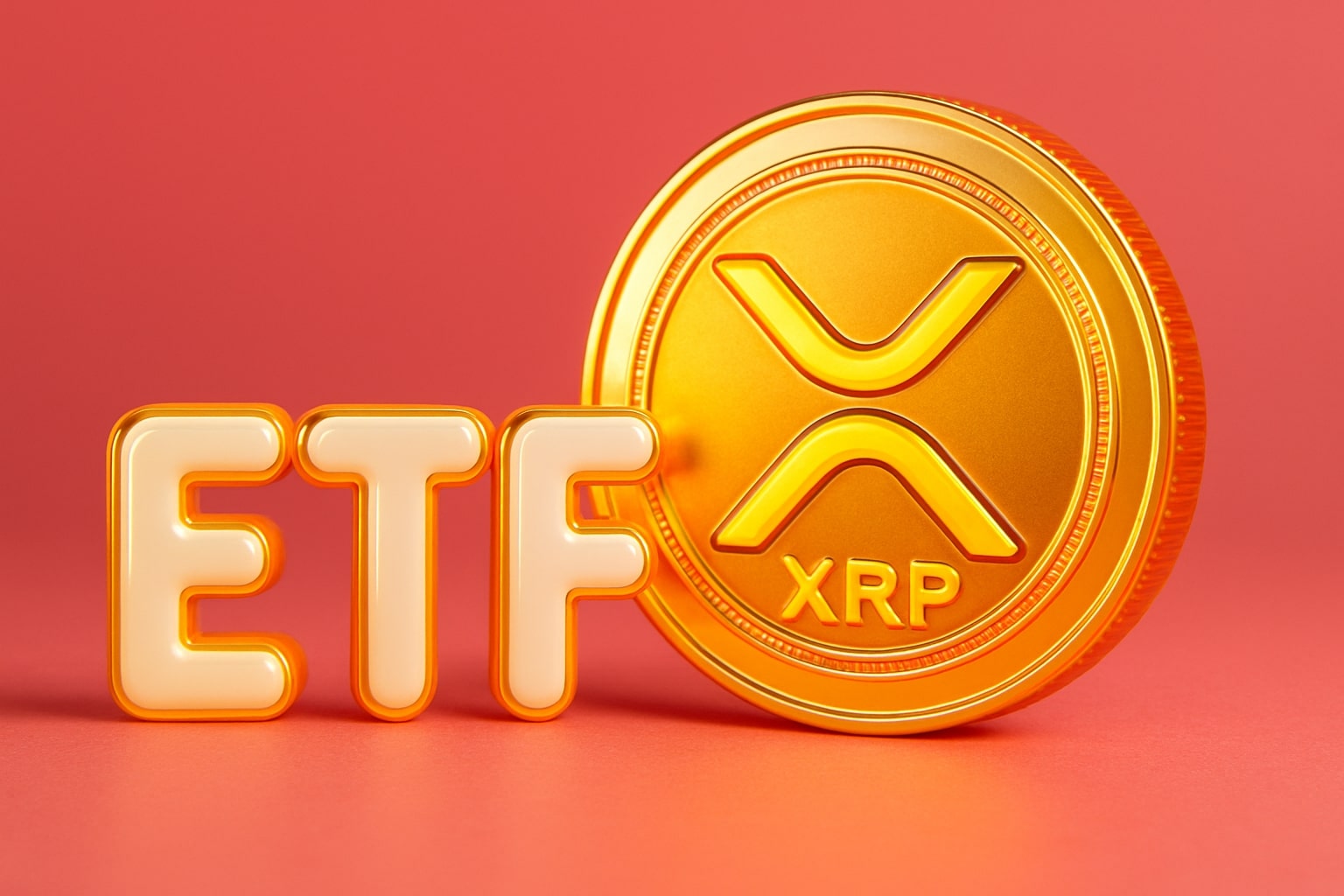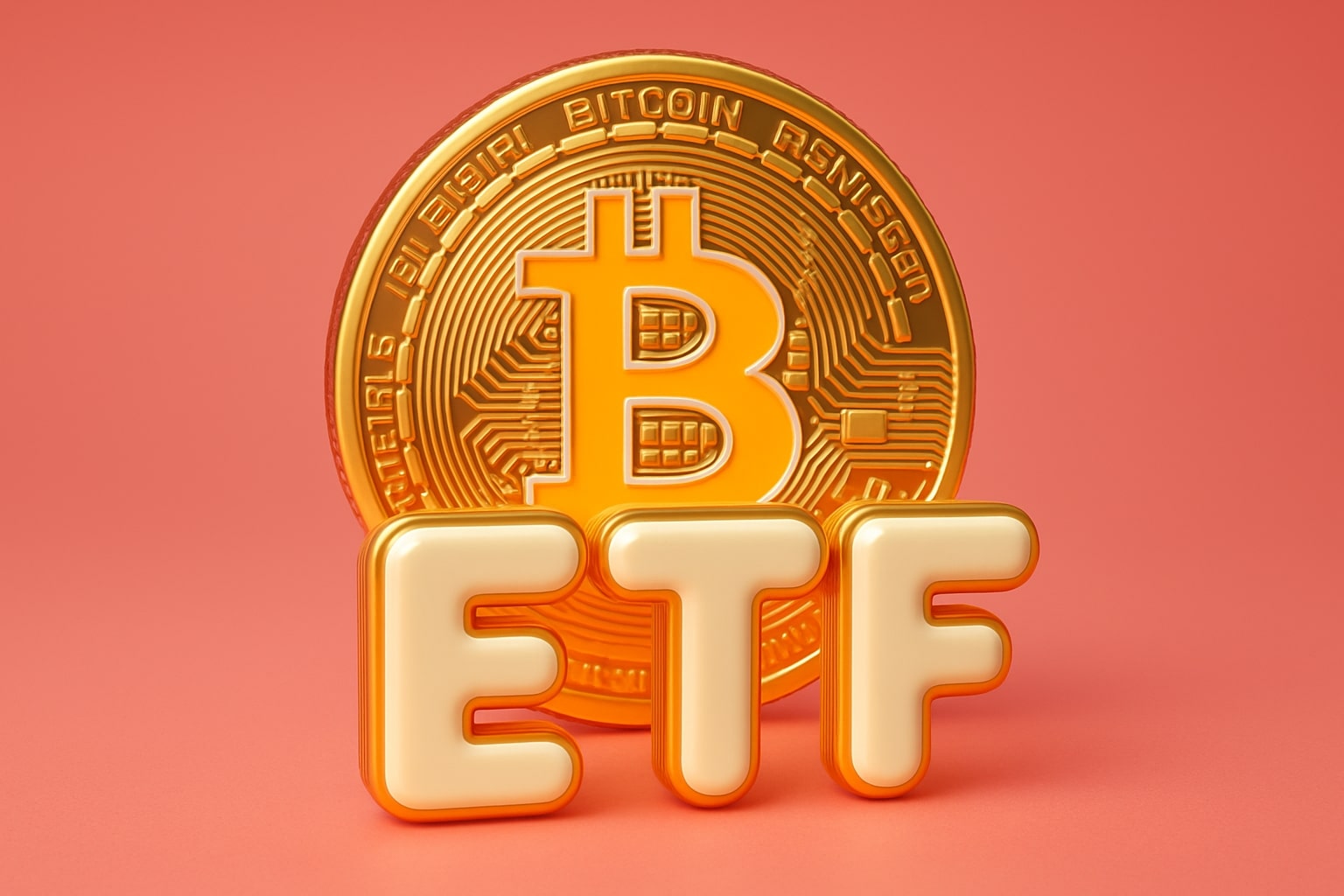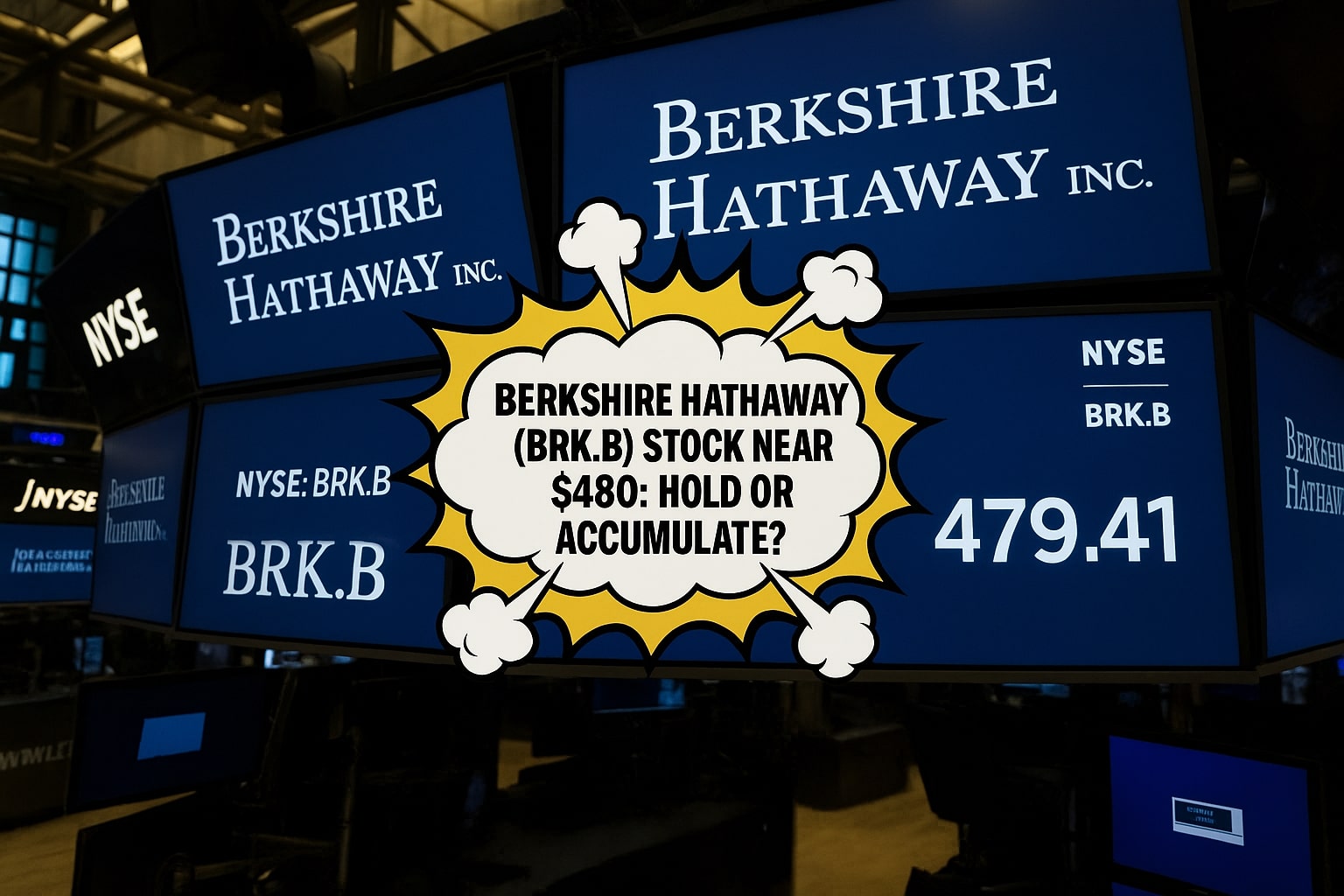
Berkshire Hathaway (BRK.B) Stock Balances Risk and Reward at $470–$480
Cash reserves of $344B and technical floors near $450 keep Berkshire attractive, while resistance at $500 limits near-term upside | That's TradingNEWS
Berkshire Hathaway (NYSE:BRK.B) Positions for Strength Amid Market Consolidation
Berkshire Hathaway’s Class B shares NYSE:BRK.B are trading in a period of consolidation, but beneath the surface, the company’s latest portfolio moves and its record cash reserves reveal a deliberate repositioning for long-term strength. The stock, which recently pulled back over 10% after Warren Buffett’s retirement announcement and subsequent handoff to Greg Abel, has since regained ground, now stabilizing around the $470–$480 range. Investors are increasingly dissecting Berkshire’s balance sheet, cash hoard, insider moves, and sector rotations to gauge whether this is the time to accumulate shares or wait for clearer catalysts.
Portfolio Realignment: Trimming Tech, Building Healthcare and Industrials
One of the most significant revelations from Berkshire’s Q2 disclosures was its $1.6 billion secret accumulation of UnitedHealth Group (UNH), representing roughly 5 million shares at an estimated cost basis near $314 per share. With UNH currently trading closer to $300 after a DOJ investigation-driven decline, Berkshire’s timing appears opportunistic, building into weakness. The market rewarded the disclosure with a nearly 10% rally in UNH, validating Buffett and Abel’s defensive tilt. Beyond healthcare, Berkshire added exposure to steel through Nucor (NUE), energy via Chevron (CVX) with an additional 3 million shares, and housing through Lennar (LEN) and D.R. Horton (DHI). These moves expand its exposure to sectors resilient to stagflation and commodities inflation while balancing cyclical risk. At the same time, Berkshire continued trimming Apple (AAPL), still its largest holding, and reduced Bank of America (BAC), DaVita (DVA), and Charter Communications (CHTR). These reductions reflect valuation discipline rather than outright rejection, as Apple and BAC remain top-five portfolio pillars. The decision to exit T-Mobile (TMUS) entirely signals a sharper focus on core holdings and more conviction-driven bets.
Cash Hoard and the Buyback Dilemma
Berkshire’s $344 billion cash pile, relative to its $1 trillion market cap, is both a weapon and a burden. It equips Abel with unmatched flexibility for acquisitions or opportunistic buybacks, but it also weighs on investor sentiment when left idle. So far in 2025, Berkshire has not executed a single share repurchase, despite BRK.B trading below April’s nadir. This restraint signals that management does not view the current price as undervalued enough to merit buybacks, frustrating some shareholders eager for a capital return lever. Still, Berkshire’s discipline is consistent with Buffett’s legacy approach: only deploy into clear mispricings. Analysts expect the cash will eventually be used either to scale recent equity allocations or to pursue large M&A, though elevated valuations across most sectors could delay that trigger.
Technical Picture: Testing Bottoms, Looking for Breakouts
From a technical perspective, BRK.B has shown signs of bottoming since the early August dip toward $450. The stock now sits near the 50-day EMA at $480, where a breakout could reestablish bullish momentum. The weekly chart highlights constructive consolidation, with dip-buyers active near April’s lows and momentum indicators like MACD showing bullish crossovers. A sustained move above $480 would open the path toward the $500 resistance zone, while failure to hold $450 could renew downside risk. Valuation-wise, the stock trades at 21.9x forward operating earnings, only slightly above its 10-year average of 21.5x, suggesting no clear overvaluation despite market jitters around succession.
Macro Context and Sector Positioning
Berkshire’s allocation shifts tell a macro story: trimming richly valued mega-cap tech, adding healthcare as a defensive anchor, bolstering energy and steel exposure as hedges against inflationary cycles, and dipping into homebuilders despite recession risk, likely betting on structural U.S. housing shortages. Its diversified portfolio across insurance, railroads, utilities, and now selectively cyclical sectors positions it to weather a broad slowdown better than most conglomerates. However, interest rate cuts expected over the next 12 months could dent investment income, which has been a major contributor to recent earnings growth.
Investor Takeaway: Berkshire Hathaway at a Crossroads
Berkshire Hathaway (NYSE:BRK.B) sits in a zone that demands precision from investors rather than broad generalities. At today’s trading range of $470–$480, the stock is hovering just above its key 50-day EMA, with technicals showing support around $450 and resistance building near $500. This $50 spread is not trivial—it represents over 10% of near-term potential swing depending on whether bulls or bears seize momentum.
The valuation picture is balanced. BRK.B trades at 21.9x forward operating earnings, almost exactly in line with its 10-year average multiple of 21.5x. That means investors are not paying a premium despite Berkshire’s massive $344 billion cash pile—a war chest equal to roughly one-third of its $1 trillion market capitalization. That cash is both an insurance policy and a call option on the next market dislocation, giving Berkshire a lever that most companies can’t replicate.
The portfolio realignment is equally telling. Berkshire’s quiet build-up of $1.6 billion in UnitedHealth (UNH) at an estimated cost near $314 per share shows willingness to buy into panic, with UNH now trading closer to $300 after DOJ scrutiny. In energy, the additional 3 million Chevron (CVX) shares, worth over $480 million, extend exposure to oil markets at a time when crude hovers above $80/barrel. At the same time, trimming Apple (AAPL) and Bank of America (BAC)—still top holdings—shows discipline, not abandonment.
Technically, if BRK.B breaks convincingly above $480, momentum could carry it to $500–$505, which marks the April high. Conversely, a failure to hold $450 risks a retracement to the 200-day SMA near $430, wiping out gains since mid-2024. That $70 downside risk underscores why investors must be deliberate here.
The market is also testing Greg Abel’s leadership premium. With Buffett’s retirement, the “Buffett floor” has disappeared, and investors want proof that Abel can compound capital with the same discipline. Insider transactions have been muted, but any accumulation by Abel near the $470–$480 band would likely act as a powerful signal.
Taken together, Berkshire Hathaway is not a momentum story—it’s a resilience play. The stock offers asymmetric optionality: limited valuation risk at 21.9x earnings, $344 billion in cash as downside protection, and upside to $500 if the current consolidation resolves higher. For long-term investors willing to ride through succession uncertainty, Berkshire here looks like a defensive anchor with selective offensive upside.
Final Verdict: Hold Berkshire Hathaway at $470–$480 With Defensive Bias
At $470–$480, Berkshire Hathaway (NYSE:BRK.B) is not screaming cheap but also not stretched. Valuation at 21.9x earnings sits in line with its decade-long average, the $344 billion cash reserve anchors downside, and technicals show a floor near $450 with resistance near $500. That gives a downside risk of about -5% to $450 versus upside potential of +5% to $500, effectively a balanced risk-reward channel.
For long-term investors, Berkshire remains a core Hold, functioning as a defensive hedge in volatile markets. The accumulation bias leans mild-positive, particularly if management deploys its cash aggressively into energy or healthcare. Short-term traders, however, should only add on a clean break above $480, with the $505 April high as the next upside trigger.
Berkshire Hathaway today is less about Buffett’s name and more about Abel’s execution, the cash war chest, and market optionality. This is not the time to chase aggressively, but also not the moment to walk away.
Final Call: Hold BRK.B at $470–$480 with a lean toward accumulation on dips to $450.
That's TradingNEWS
Read More
-
PPA ETF at $154: Can This Defense ETF Keep Beating ITA and SPY?
14.12.2025 · TradingNEWS ArchiveStocks
-
XRP ETFs XRPI and XRPR Pull In $975M While XRP-USD Fights To Hold $2
14.12.2025 · TradingNEWS ArchiveCrypto
-
Natural Gas Price Forecast: NG=F Hits $4.11 As Warm Winter Outlook Puts $3.913 Support At Risk
14.12.2025 · TradingNEWS ArchiveCommodities
-
USD/JPY Price Forecast - Dollar to Yen Can BoJ’s 0.75% Shock Break The 155–158 Range?
14.12.2025 · TradingNEWS ArchiveForex














